When summer is in full swing and Independence Day is right around the corner, believe it or not, it's time to turn your thoughts towards fall gardening. If you're already missing those crunchy heads of broccoli, you can ensure a supply during the fall by sowing some broccoli directly or in trays. Plant broccoli for a fall crop in July, for short season areas, and September, for long season areas. If you're wondering when, exactly, is a good time to plant your broccoli our
Seed Planting Calculator is a great resource. Plug in your first frost date and the calculator will give you an estimated planting date for all of our cool season seeds. There are several types of broccoli: large head, sprouting, romanesco, raab and Chinese broccoli. Tricia shows you how to plant, grow, and fend off common pests in our
video on growing broccoli.
Large Head

Like the name implies, these are the varieties to plant if you want one, big, tight central head. Large head broccoli is most likely what comes to your mind when someone says "broccoli". These types need a lot of elbow room, or else they form smaller heads. After you've harvested the central head, don't uproot the plant, keep it going and harvest the leaves and any possible side shoots that may form. Broccoli leaves can be used just like kale. Large head varieties include: ‘Arcadia’, ‘Belstar’, ‘Munchkin’, ‘Nutri-Bud’ and ‘Packman’. If you want a good blend try
this mix from Renee's Garden Seeds.
Sprouting

This type of broccoli forms a smaller, looser central head than the large head types, but it also forms numerous smaller side shoots after the central head has been cut. Harvest the side shoots often to to keep the plant producing. Sprouting broccoli varieties are the favorites for growing in the fall. They typically preform much better in fall than in spring. Some delicious sprouting varieties are:
‘Calabrese’,
‘De Cicco’, ‘Purple Peacock’, and
‘Purple Sprouting’.
Romanesco

Romanesco is the super model of broccoli types. Grow it for striking chartreuse heads that form mathematical spirals and mild, nutty taste. Romanesco requires a bit more fertilizer than other types of broccoli and benefits from a mid-growth side dressing of an organic vegetable fertilizer. Some delicious romanesco varieties are: ‘Natalino’,
‘Romanesco Italia’, and‘Veronica’
Raab and Chinese Broccoli

These types form a multitude of small, loose, shoots and are enjoyed as much for the florets as for the tender stalks. Chinese broccoli is sometimes called "broccolini" and can be enjoyed like asparagus. Raab is not actually a broccoli, but a type of turnip grown for it's shoots and stalks. Some raab varieties are bred specifically for either fall or spring performance, so read seed descriptions carefully. Try varieties such as: ‘Early Fall Rapini’,
'Raab Spring Rapini',‘Sessantina', ‘Sorrento’, ‘Zamboni’ and
'Te You.'
 Like the name implies, these are the varieties to plant if you want one, big, tight central head. Large head broccoli is most likely what comes to your mind when someone says "broccoli". These types need a lot of elbow room, or else they form smaller heads. After you've harvested the central head, don't uproot the plant, keep it going and harvest the leaves and any possible side shoots that may form. Broccoli leaves can be used just like kale. Large head varieties include: ‘Arcadia’, ‘Belstar’, ‘Munchkin’, ‘Nutri-Bud’ and ‘Packman’. If you want a good blend try this mix from Renee's Garden Seeds.
Like the name implies, these are the varieties to plant if you want one, big, tight central head. Large head broccoli is most likely what comes to your mind when someone says "broccoli". These types need a lot of elbow room, or else they form smaller heads. After you've harvested the central head, don't uproot the plant, keep it going and harvest the leaves and any possible side shoots that may form. Broccoli leaves can be used just like kale. Large head varieties include: ‘Arcadia’, ‘Belstar’, ‘Munchkin’, ‘Nutri-Bud’ and ‘Packman’. If you want a good blend try this mix from Renee's Garden Seeds.
 This type of broccoli forms a smaller, looser central head than the large head types, but it also forms numerous smaller side shoots after the central head has been cut. Harvest the side shoots often to to keep the plant producing. Sprouting broccoli varieties are the favorites for growing in the fall. They typically preform much better in fall than in spring. Some delicious sprouting varieties are: ‘Calabrese’, ‘De Cicco’, ‘Purple Peacock’, and ‘Purple Sprouting’.
This type of broccoli forms a smaller, looser central head than the large head types, but it also forms numerous smaller side shoots after the central head has been cut. Harvest the side shoots often to to keep the plant producing. Sprouting broccoli varieties are the favorites for growing in the fall. They typically preform much better in fall than in spring. Some delicious sprouting varieties are: ‘Calabrese’, ‘De Cicco’, ‘Purple Peacock’, and ‘Purple Sprouting’.
 Romanesco is the super model of broccoli types. Grow it for striking chartreuse heads that form mathematical spirals and mild, nutty taste. Romanesco requires a bit more fertilizer than other types of broccoli and benefits from a mid-growth side dressing of an organic vegetable fertilizer. Some delicious romanesco varieties are: ‘Natalino’, ‘Romanesco Italia’, and‘Veronica’
Romanesco is the super model of broccoli types. Grow it for striking chartreuse heads that form mathematical spirals and mild, nutty taste. Romanesco requires a bit more fertilizer than other types of broccoli and benefits from a mid-growth side dressing of an organic vegetable fertilizer. Some delicious romanesco varieties are: ‘Natalino’, ‘Romanesco Italia’, and‘Veronica’
 These types form a multitude of small, loose, shoots and are enjoyed as much for the florets as for the tender stalks. Chinese broccoli is sometimes called "broccolini" and can be enjoyed like asparagus. Raab is not actually a broccoli, but a type of turnip grown for it's shoots and stalks. Some raab varieties are bred specifically for either fall or spring performance, so read seed descriptions carefully. Try varieties such as: ‘Early Fall Rapini’, 'Raab Spring Rapini',‘Sessantina', ‘Sorrento’, ‘Zamboni’ and 'Te You.'
These types form a multitude of small, loose, shoots and are enjoyed as much for the florets as for the tender stalks. Chinese broccoli is sometimes called "broccolini" and can be enjoyed like asparagus. Raab is not actually a broccoli, but a type of turnip grown for it's shoots and stalks. Some raab varieties are bred specifically for either fall or spring performance, so read seed descriptions carefully. Try varieties such as: ‘Early Fall Rapini’, 'Raab Spring Rapini',‘Sessantina', ‘Sorrento’, ‘Zamboni’ and 'Te You.'

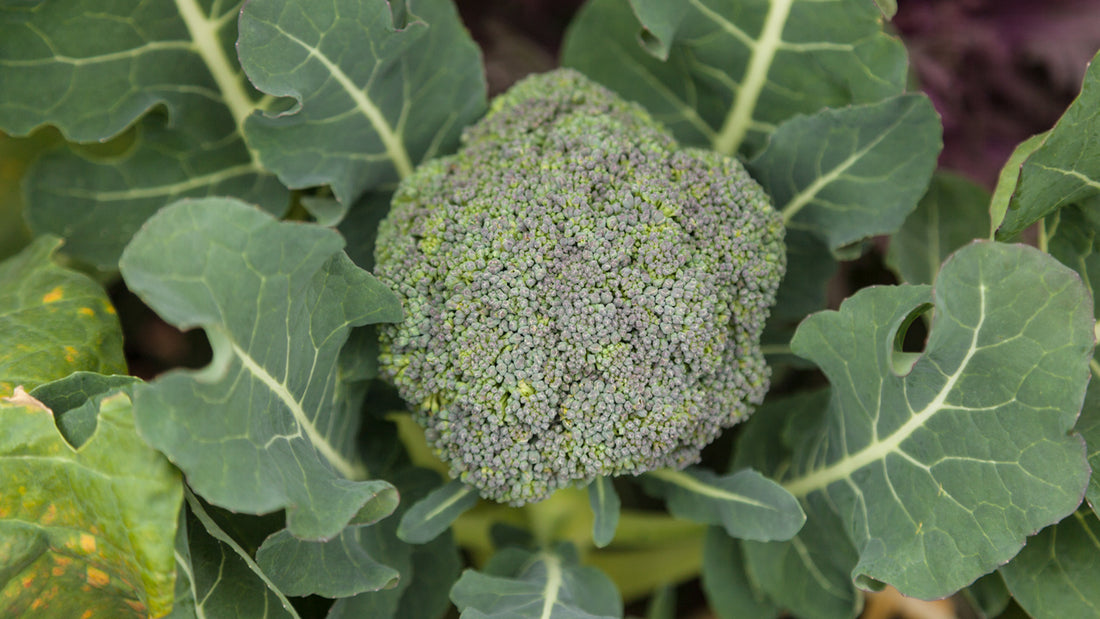

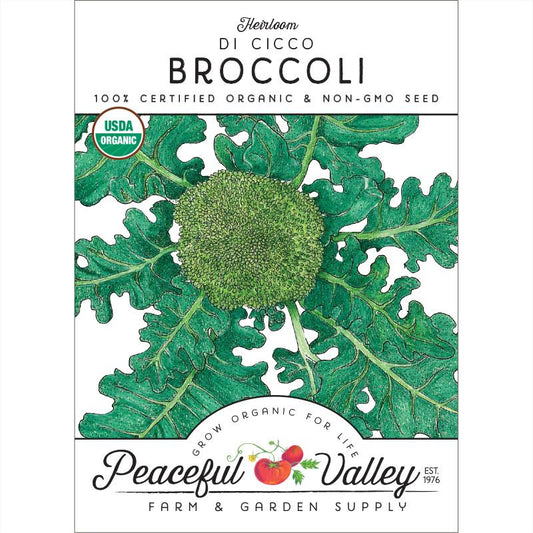
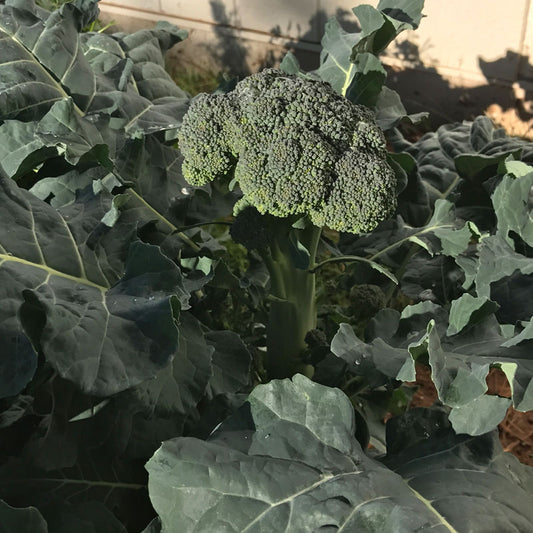
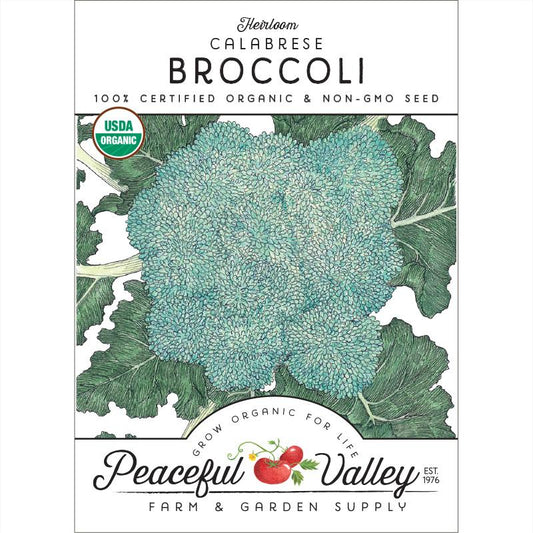
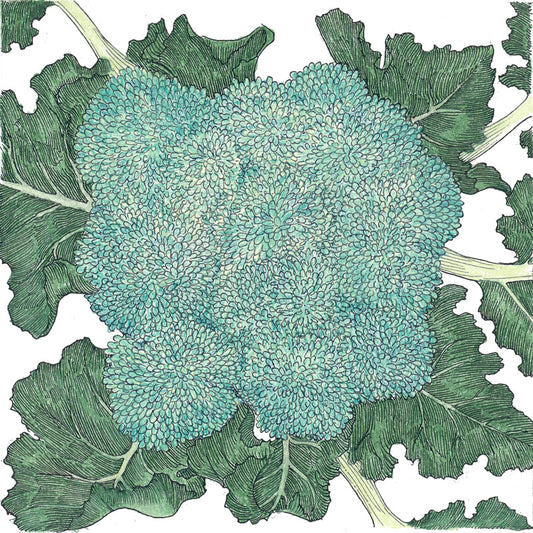
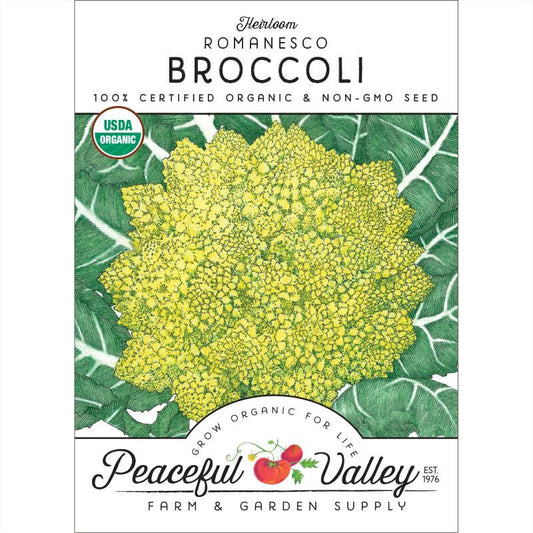
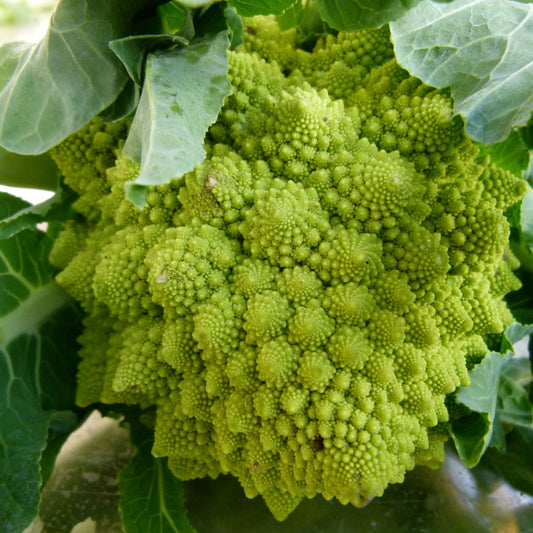
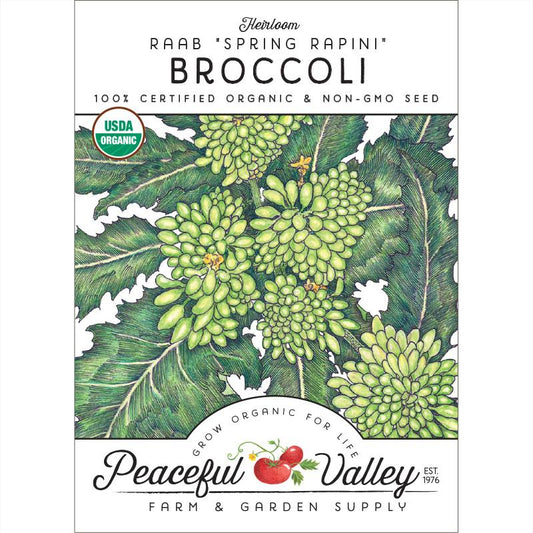
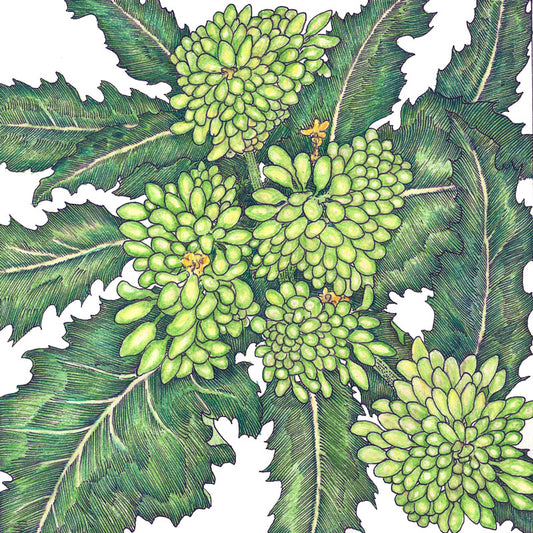
2 comments
Jonathan, thanks for the input on your broccoli growing. I will suggest to our New Products team the variety you love. Sounds good to me, can’t get enough broccoli!
Arcadia is the most prolific broccoli I’ve ever grown. Not only are the main heads large and tight (even in 95 degree heat), but the side shoots go on and on, starting at fist size and gradually getting smaller but still worth harvesting for months. I start seeds around March 1st in Sonoma County, harvest main heads in July, and replant in Sept. That gives me about 2 months to recover from overdosing on broccoli. The winter crop doesn’t do nearly as well. Cooler weather & less sunlight I guess. Romanesco was more successful as a winter variety, but I haven’t grown that in a few years…wouldn’t want Costco to go out of business.